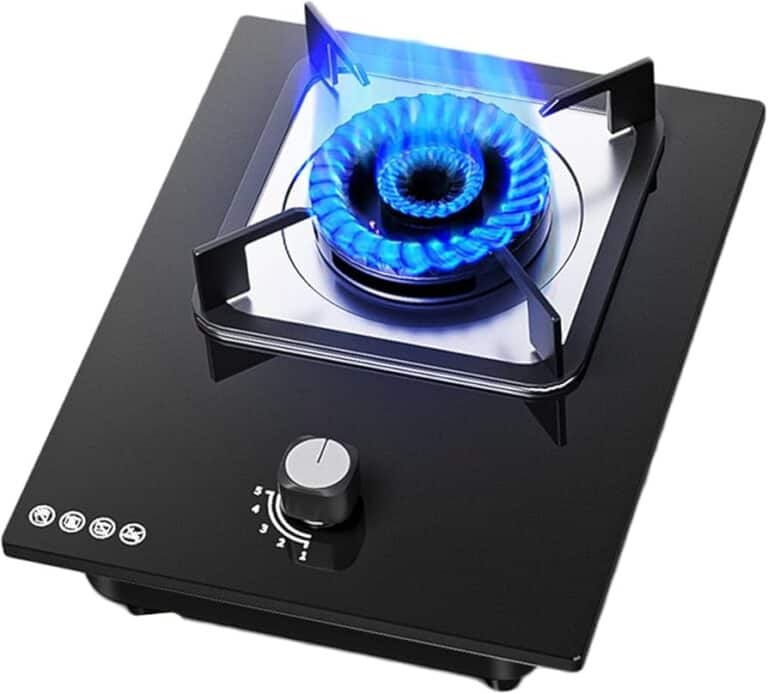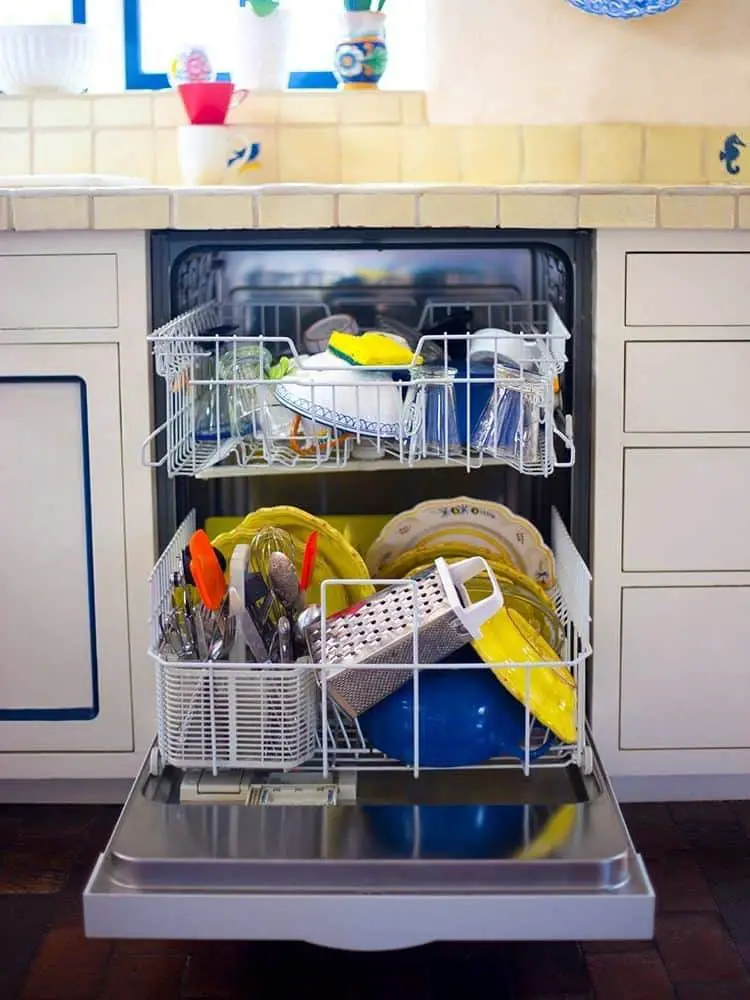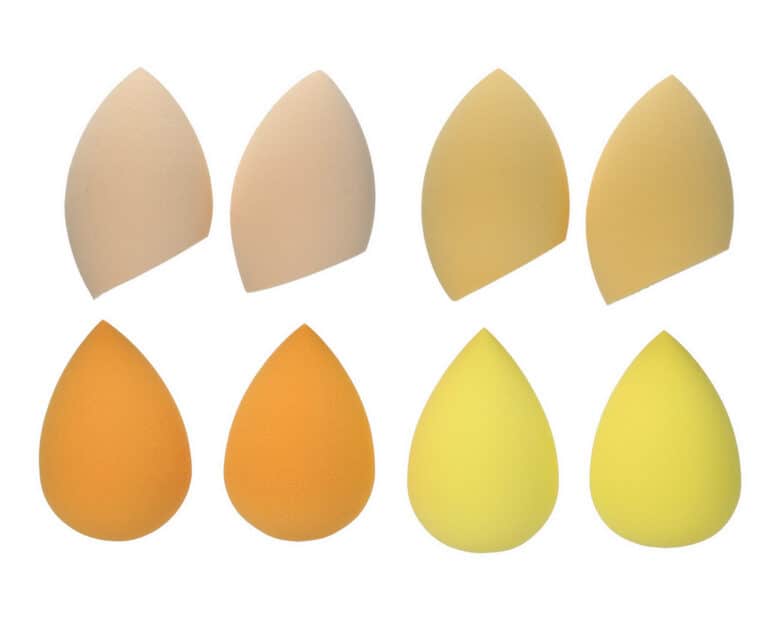Common Wall Painting Problems and How to Fix Them

The paint that you use on your walls can decide the overall look of your house. So, whatever paint you use, it should be selected with a great deal of caution.
When you start painting your home, there are a few things you should know in order to make the process go smoothly. However, once you’ve chosen your paint, you will come across some painting problems. Here we’ve got to take a look at some of them and give you ways to deal with these common wall painting issues.
In this article, we will discuss some of the most common wall painting problems and how to avoid them. Painting your home can be a fun and rewarding project, but it’s important to take the necessary steps to ensure that the job is done right.
The Most Common Reason for Painting Problem
There are many things that can go wrong when painting a wall, but the most common problems are caused by poor surface preparation. If the surface isn’t clean and dry, the paint will not adhere properly and will start to peel or chip within a few months.
Another common problem is mismatched paint colors. If you’re not careful, you may end up with two different shades of blue on your walls, for example. To avoid this, always test your paint colors on a small section of the wall before beginning to paint the entire room.
Finally, another common mistake is applying too much paint. If you over-paint the surface, it will be difficult to correct later on and may lead to peeling or bubbling. To avoid this, always use thin coats of paint and allow each one to dry completely before applying the next.
Bleeding and Staining
One of the most common painting issues is bleeding. This problem occurs when there’s already a stain on the surface being painted. The stain bleeds through the paint, corroding its texture and damaging the appearance of the paint.
Bleeding can happen on interior or exterior walls, but it mostly happens on walls that are outside the house.
The stains can be caused by kids scribbling on the walls with crayons or permanent ink. They lead to permanent stains and tend to bleed when paint is applied over them.
Blistering Surface
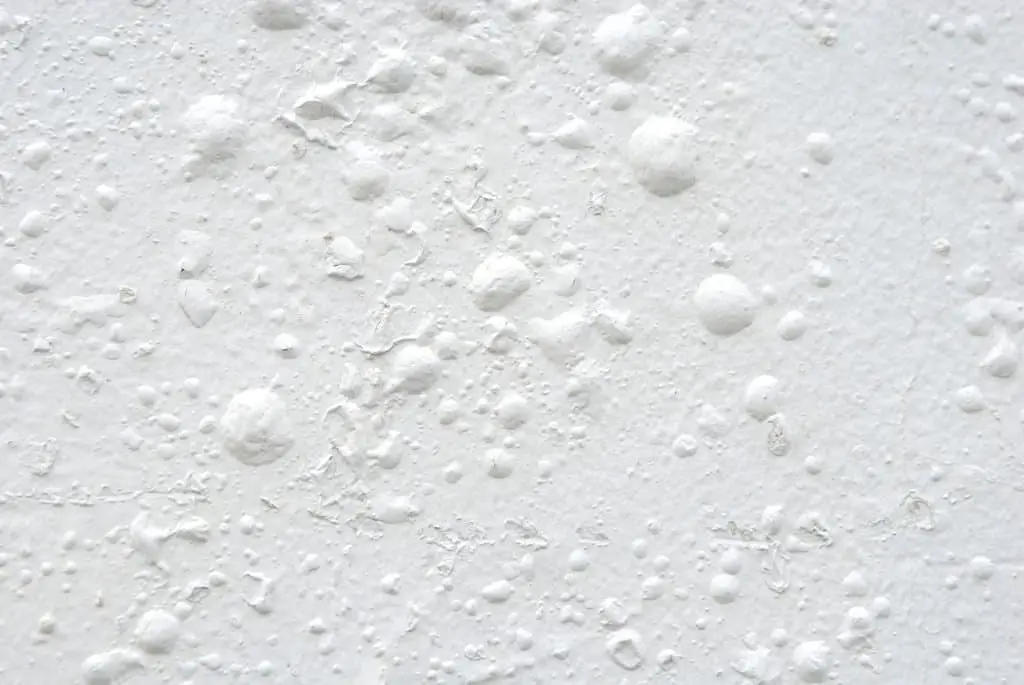
Blistering is another common wall painting problem. It happens when the surface being painted on is still wet. When it is still wet, moisture beneath the paint is trapped and causes blistering on the painted wall.
Therefore, it’s advised that you check whether the surface you’re painting on is damp, and if it is, you should allow it to dry before applying any paint.
This is another typical outdoor wall problem where the moisture in the atmosphere has an inclination to settle on the surface, making it wet. As a result, when you start painting, the moisture lifts the paint, causing blistering.
Fading and Chalking
Paints fade over time. So for most of us, we don’t think such circumstances are a problem, as we think that the fading of walls is an unsubtle phenomenon that each wall has to go through over a period of time.
One critical factor that leads to fading is the wet surface. No matter how top quality and sturdy the paint you use, it serves no purpose if used on a wet surface.
It may cause badly timed fading of the paint. It’s so vital to figure out the source of water trickling. Putting a stopper or barrier in accordance with this may stop water from reaching the walls and hence solve the problem.
Paint Wrinkling
Yet another problem that could be a reason for concern for your walls is paint wrinkling. This problem refers to a situation when the top coat of the paint on the wall begins to wither away.
The most common reason is incorrect surface preparation. If the surface isn’t clean and dry, the paint won’t adhere properly and will start to wrinkle as it dries.
Another reason is using the wrong type of paint for the surface. If you’re painting a glossy surface with a matte paint, the paint will start to wrinkle as it dries because it can’t form a smooth film.
The best way to solve this issue is to dump off the layers of old paint. Once done suitably, only then go in for the new coat of paint. If you feel the wrinkling problem is less intense, you can try using a painting texture on the wall.
| INFO |
|---|
| Thus, if you need your paint job to be long lasting and effective, prepare in advance to avoid these issues by taking the right precautions. |
Rain Spotting
If you have ever painted a wall, you may have experienced the problem of rain spotting. This happens when the paint is wet and it rains, causing the water to bead up on the surface of the paint. The spots can be difficult to remove and can leave an unsightly mess.
There are several things that you can do to help prevent rain spotting from occurring. One is to make sure that your wall is completely dry before painting. You should also use a primer or sealer before painting. This will help to seal in the paint and will make it more resistant to moisture.
Mould Growth
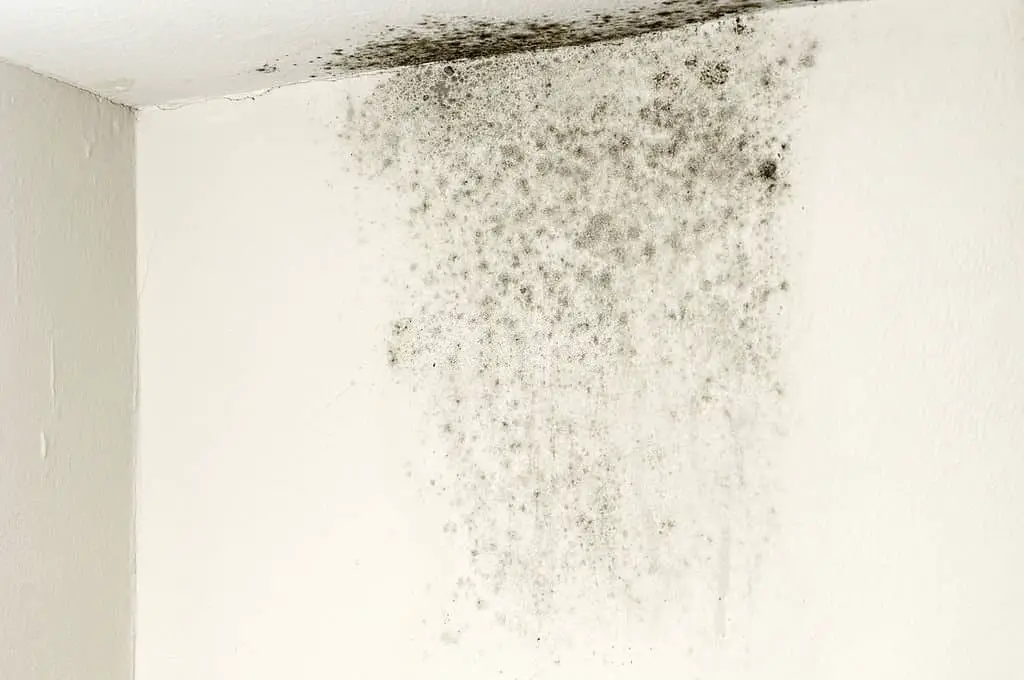
Even the best paint job will eventually show signs of wear and tear. Over time, mould can form on painted walls, leading to a number of problems. Mould can cause damage to the paint itself, and it can also be a health hazard.
In order to prevent mould growth, it’s important to keep painted walls clean and dry. Mould spores thrive in moist environments, so make sure to avoid using excessive amounts of water when cleaning your walls. If you do notice any signs of mould, take immediate action to remove it.
Paint Peeling
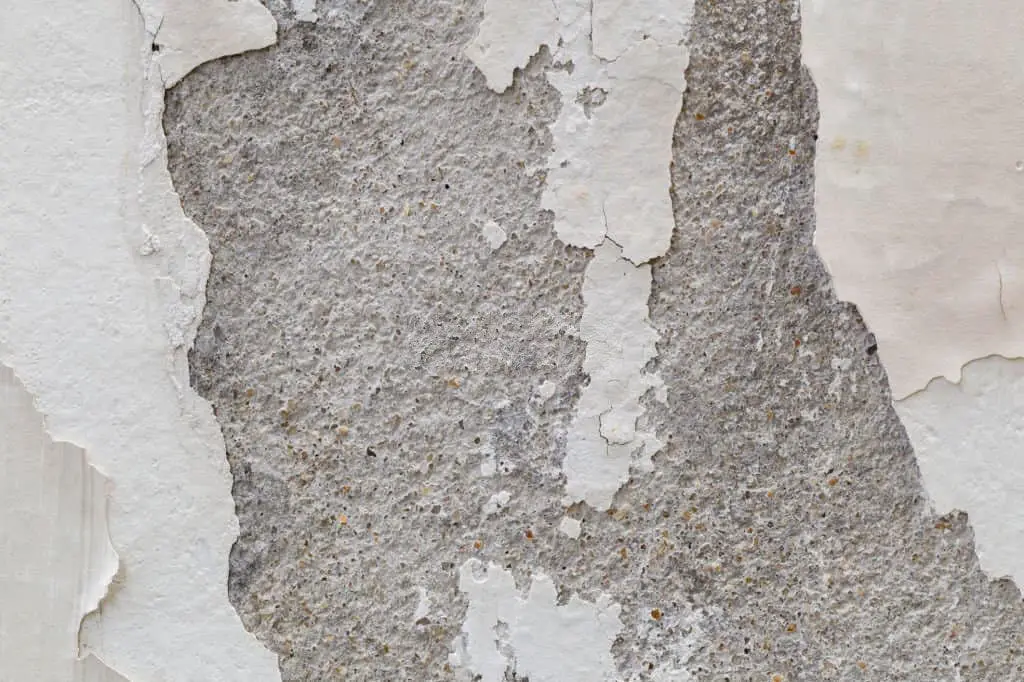
One of the most common problems with painted walls is peeling paint. This can be caused by a variety of factors, from the type of paint used to how it was applied. If your walls are starting to peel, here are a few things you can do:
-If the peeling is only on a small area, you may be able to fix it yourself by sanding down the area and repainting it.
-If the peeling is more widespread, you may need to repaint the entire wall. Make sure to use a high-quality paint that will withstand wear and tear.
-In order to prevent paint peeling in the future, make sure to clean your walls regularly and avoid painting in direct sunlight or near heat sources.
Loss of Gloss
The loss of gloss on a painted wall can be an eyesore and a hassle to fix. One of the main causes of this problem is incorrect surface preparation before painting. If the surface isn’t clean and free of dust, grease, and other contaminants, the paint won’t adhere properly and will start to peel and chip soon after being applied.
Another common reason for a loss of gloss is using the wrong type of paint for the surface. If you’re painting over a glossy surface, you should use a matte or eggshell finish instead of a high-gloss paint. And if you’re painting a matte or eggshell surface, using a high-gloss paint will give it a shiny finish.
Finally, how you apply the paint can also affect its gloss level.
Conclusion
In conclusion, there are a few key things to remember when painting a common wall. Firstly, always use a primer to help the paint adhere to the surface and prevent peeling. Secondly, be sure to mix the paint well before applying it, in order to avoid any streaks or patches. Finally, take your time and go slowly when applying the paint, in order to avoid any mistakes. By following these tips, you can ensure that your common wall painting project is a success!

